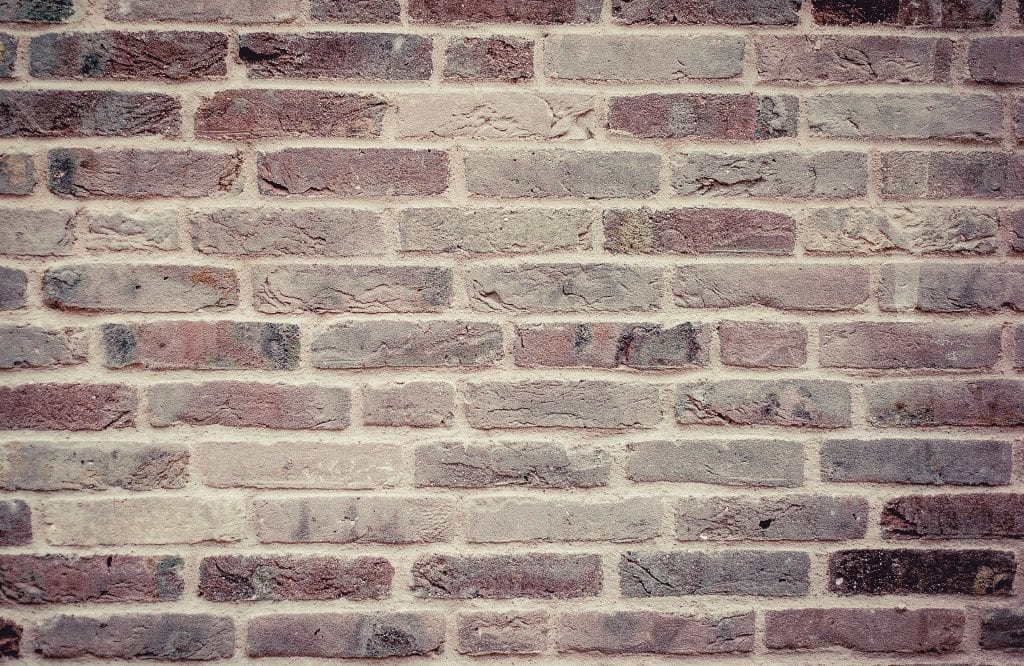

By Lance McCarthy
Do you find your house mysterious and perplexing?
I have decided to bravely serve as tour guide to the home. Each month I dedicate one of my columns to illuminating some part of the house that most people might not know much about.
This week’s topic: Retaining walls.
Do you have a part of the yard that makes lawn mowing feel like an extreme sport? Hills are great in Vail, but sometimes we would like to control them a little more here. Enter: The Retaining Wall. Really unsexy name. We should call it the Dirt Holder-backer or the Great Wall of (insert your street name here).
Not helping?
I’ll get to the facts.
Types of walls:
- Manufactured blocks or stones-If you are doing the retaining wall yourself, this would be the easiest way to make it happen
- Natural stone-Probably the best looking, but the most labor intensive. These can range from smaller stones installed by hand, to large limestone stones installed by backhoe.
- Concrete-This works great, and can be pretty affordable, but can also risk being pretty blah. You might consider a stamp pattern to create some visual interest.
- Wood-This is my least favorite. Wood is the most porous, and will eventually fall apart in this part of the country. Stay away from the railroad ties.
Tips:
- Set a deep foundation. Wanna guarantee you will rebuild it in 2 years? Don’t make a good enough base.
- If it is less than 4 feet tall, stack on. Higher than that and you really need to consult an engineer to make sure it doesn’t start leaning in. You’ll learn all about geogrid and deadmen.
- Don’t follow the terrain. That really bugs me when I see it. Make the courses all level. And if the first course isn’t level, it won’t get better as you go up!
Steps to construction:
- Mark the line Soft curves are usually the best. You might use a garden hose to lay out the outline of the wall, then adjust as needed. When you are ready , spray it out with marking spray paint.
- Dig a trench Go down at least 12”-16” below grade in order to ensure the wall will stay in place.
- Lay a base Lay 6-8” of AB3 gravel in the trench and compact it well. This is your first and best chance to get the wall level, so take your time here.
- Set the first course. The first course is so important you should spend half the entire time getting to this point. Make sure it is perfectly level and just where you want it before moving on.
- Lay the rest of the courses. This is the fun part. You will feel like you are a super mason it goes so fast.
- Set the cap. If you want a cap, install it with a masonry adhesive or mortar.
- Backfill. If you are going higher than a few courses, try to backfill every time you get another 3 feet of wall up. Compact it so it won’t settle as much later.
- Drink a beer. You are done. Finally.
Whew! That’s hard work! If you have gotten to the point in your life where you have better things to do than break your back digging trenches and messing with gravel, give me a call. I’ll be happy to help you solve that problem.
You can also view this column with our partner PVPost.com

